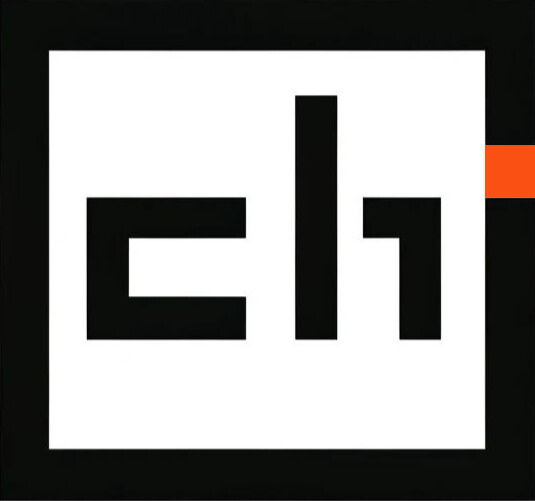The connected car is shifting into high gear, and the Linux Foundation wants an open-source platform in the pole position. The non-profit consortium recently announced the debut of Automotive Grade Linux, a customizable, open-source automotive software stack with Linux at its core. There have been Linux-based car systems before. The difference here is that the Linux Foundation is pushing AGL as the core automotive system for developers, the groundwork, as opposed to a production-ready system like Ford Sync or QNX. As Debian Linux is to Ubuntu, so the AGL aims to be for a future in-car system from the Hyundais and Toyotas of the world.
There’s no denying your car’s dashboard is pretty dumb, which is why Microsoft, Apple and Google are all trying to smarten it up. But there’s also a new open source source alternative, in the shape of Automotive Grade Linux. AGL is a Linux distribution tailored for cars , and it’s a collaborative project between the Linux Foundation and a wide-ranging list of companies in the automotive industry, including Jaguar Land Rover, Toyota and Nissan. The first release, now available for free online, is based onTizen IVI—which is famously used in some phones, but also appears in TVs and some cars already. So, what does it offer? A bunch of things! Here’s a list from AGL: Home Screen, Dashboard, Google Maps, HVAC (heating, ventilation, and air conditioning), Media Playback, News Reader (AppCarousel), Audio Controls, Bluetooth Phone, Smart Device Link Integration. Which kinda covers most bases. From the screenshots above, you can see the kind of things they’re gunning for. Yes, it certainly looks like a Linux version of a car dash—but for many people, that might not be a bad thing. It’ll be interesting to see how it gets used.
